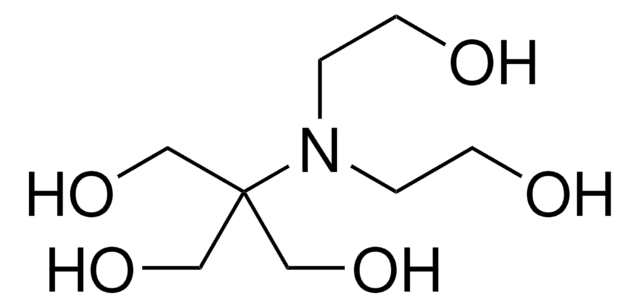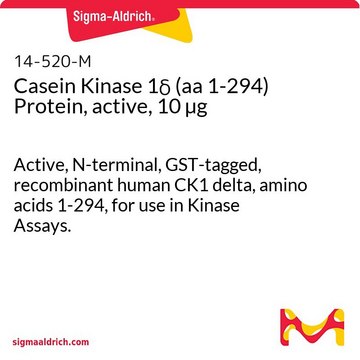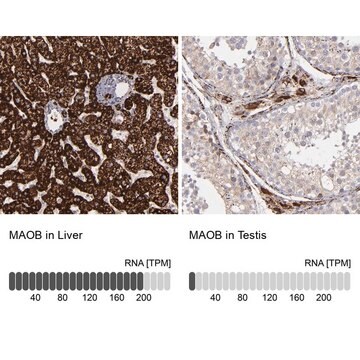AB15242
Anti-zDHHC8 Antibody
from rabbit, purified by affinity chromatography
Synonym(s):
Zinc finger DHHC domain-containing protein 8, Zinc finger protein 378, membrane-associated DHHC8 zinc finger protein, zinc finger, DHHC domain containing 8, zinc finger, DHHC domain like containing 1, zinc finger, DHHC-type containing 8
About This Item
Recommended Products
biological source
rabbit
Quality Level
antibody form
affinity isolated antibody
antibody product type
primary antibodies
clone
polyclonal
purified by
affinity chromatography
species reactivity
rat, human
species reactivity (predicted by homology)
horse, bovine, Xenopus, chicken, pig, chimpanzee, ape, opossum, mouse, dog
technique(s)
western blot: suitable
UniProt accession no.
shipped in
wet ice
target post-translational modification
unmodified
Gene Information
chimpanzee ... Zdhhc8(458662)
human ... ZDHHC8(29801)
General description
brain, and maximal expression coincides with peak forebrain synaptogenesis shortly after birth. Furthermore, their protein products are associated with brain mitochondria, including those in synaptic terminals. Among the six, only Zddhc8 influences mitochondria-regulated apoptosis when overexpressed, and appears to interact biochemically with established mitochondrial proteins. Zdhhc8 has an apparent interaction with Uqcrc1, a component of mitochondrial complex III. The two proteins are coincidently expressed in pre-synaptic processes; however, Zdhhc8 is more frequently seen in glutamatergic terminals (1).
Specificity
Immunogen
Application
Neuroscience
Developmental Neuroscience
Quality
Target description
Physical form
Storage and Stability
Handling Recommendations: Prior to removing the cap, gently centrifuge the vial and gently mix the solution.
Analysis Note
Fetal human brain
Other Notes
Disclaimer
Not finding the right product?
Try our Product Selector Tool.
Storage Class Code
10 - Combustible liquids
WGK
WGK 2
Flash Point(F)
Not applicable
Flash Point(C)
Not applicable
Regulatory Listings
Regulatory Listings are mainly provided for chemical products. Only limited information can be provided here for non-chemical products. No entry means none of the components are listed. It is the user’s obligation to ensure the safe and legal use of the product.
JAN Code
AB15242:
Certificates of Analysis (COA)
Search for Certificates of Analysis (COA) by entering the products Lot/Batch Number. Lot and Batch Numbers can be found on a product’s label following the words ‘Lot’ or ‘Batch’.
Already Own This Product?
Find documentation for the products that you have recently purchased in the Document Library.
Our team of scientists has experience in all areas of research including Life Science, Material Science, Chemical Synthesis, Chromatography, Analytical and many others.
Contact Technical Service








